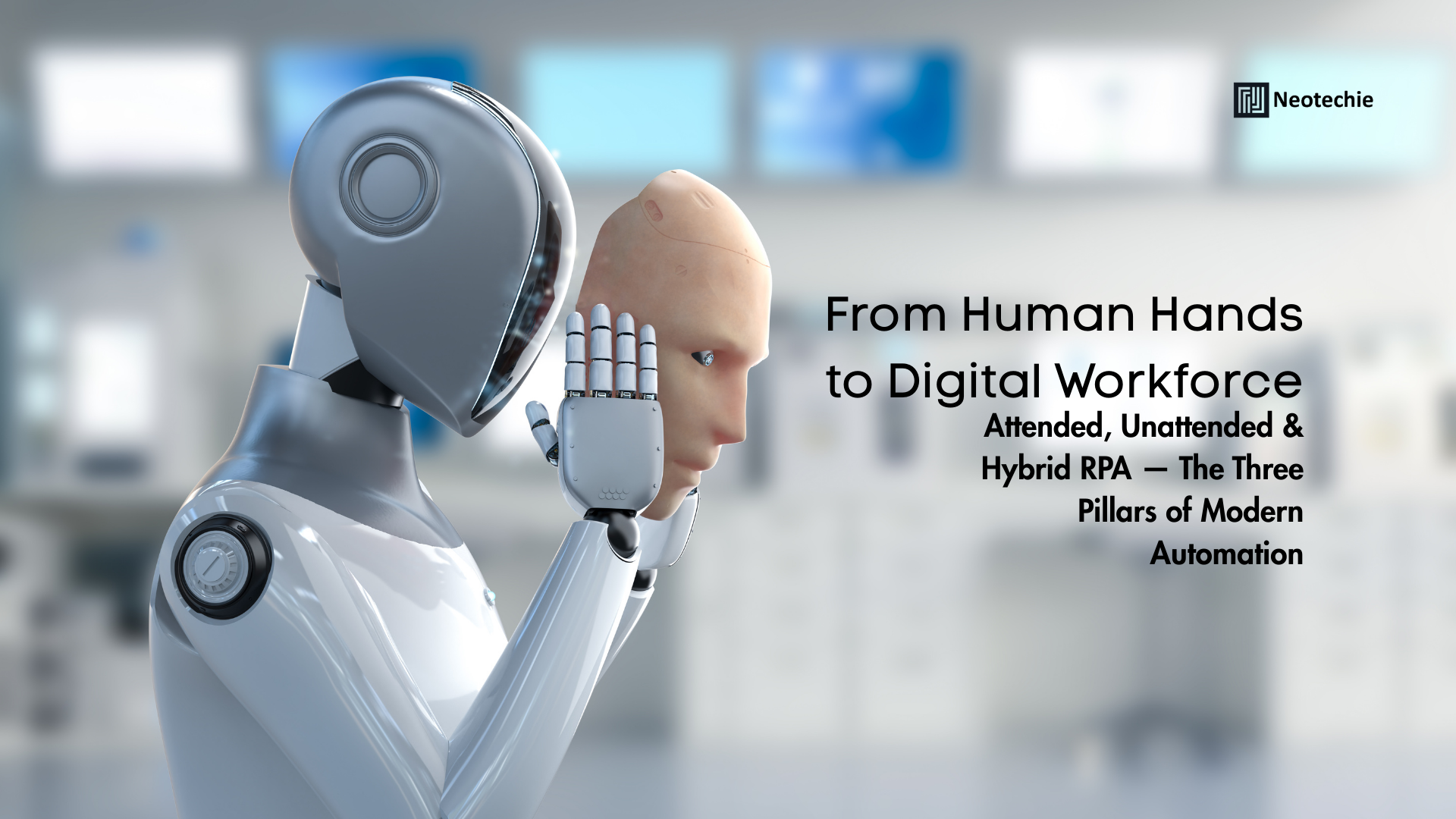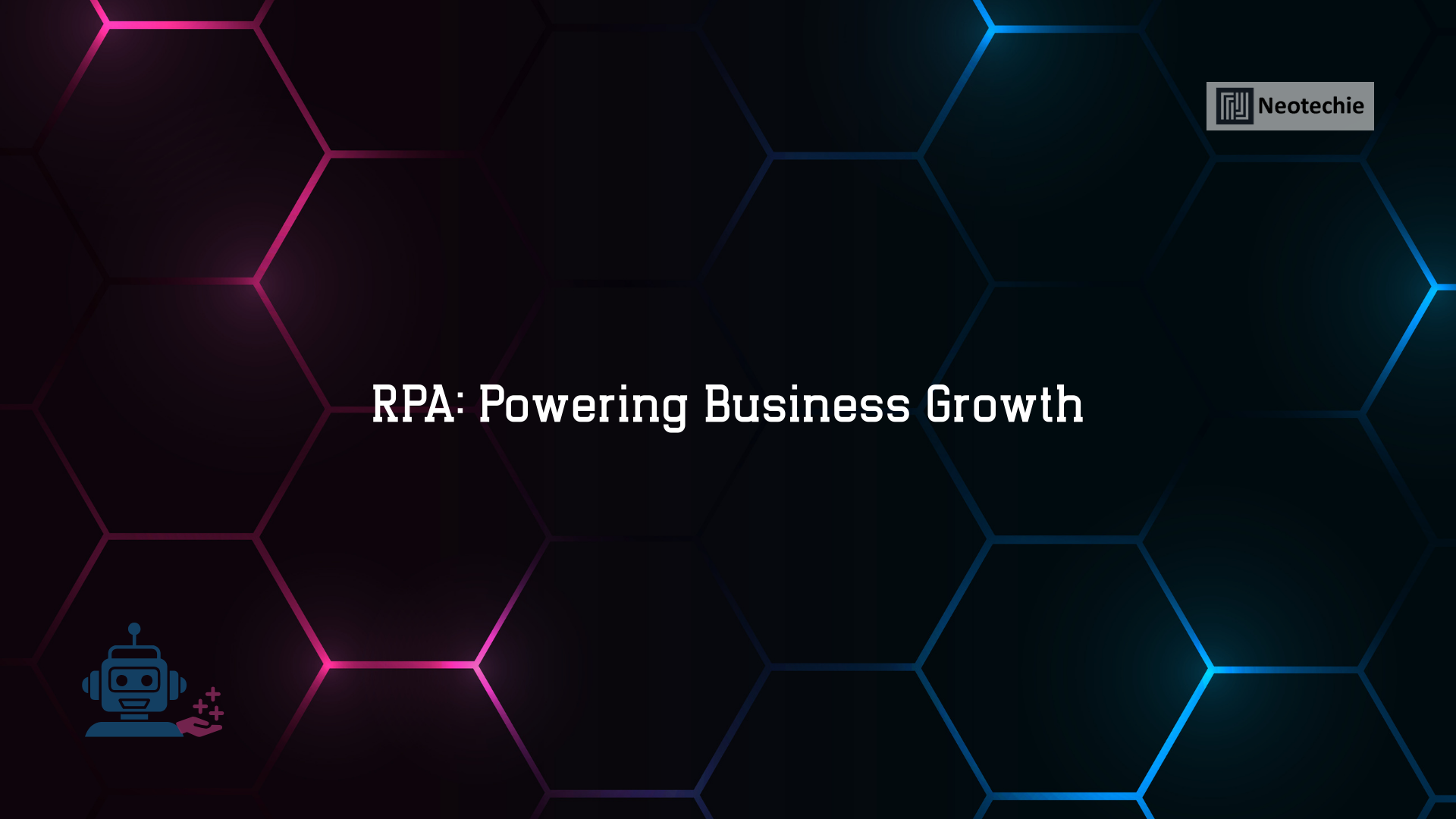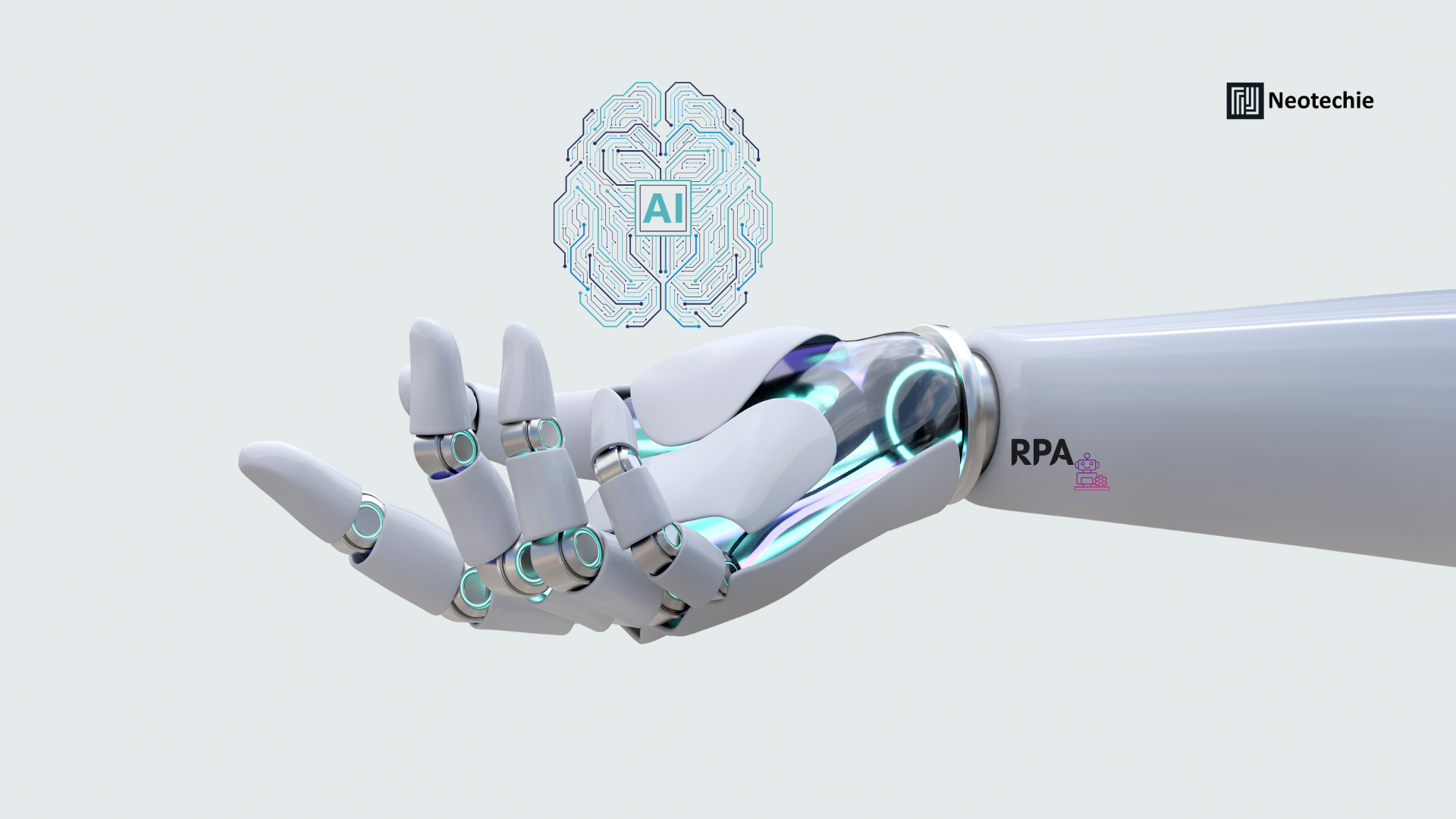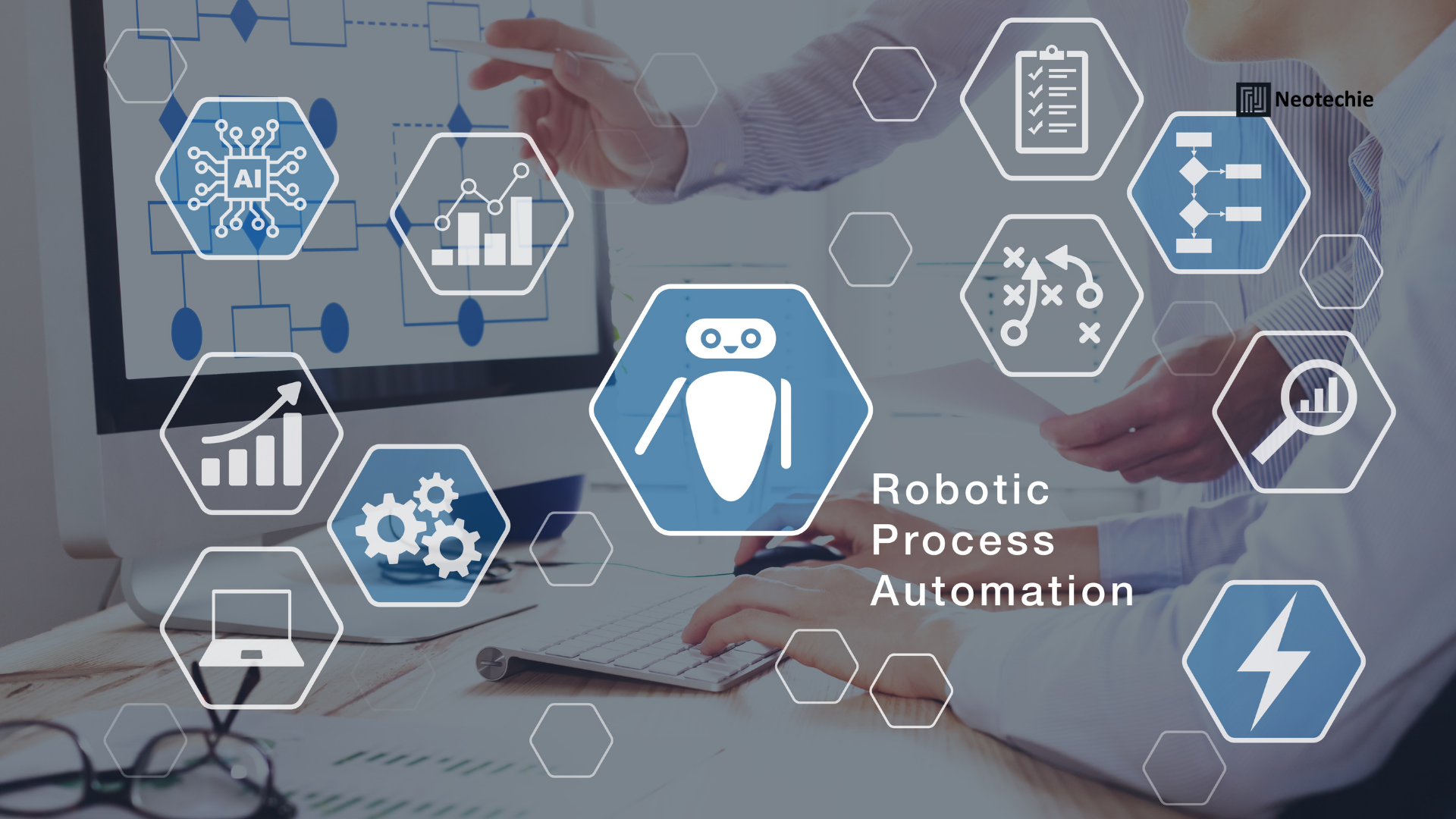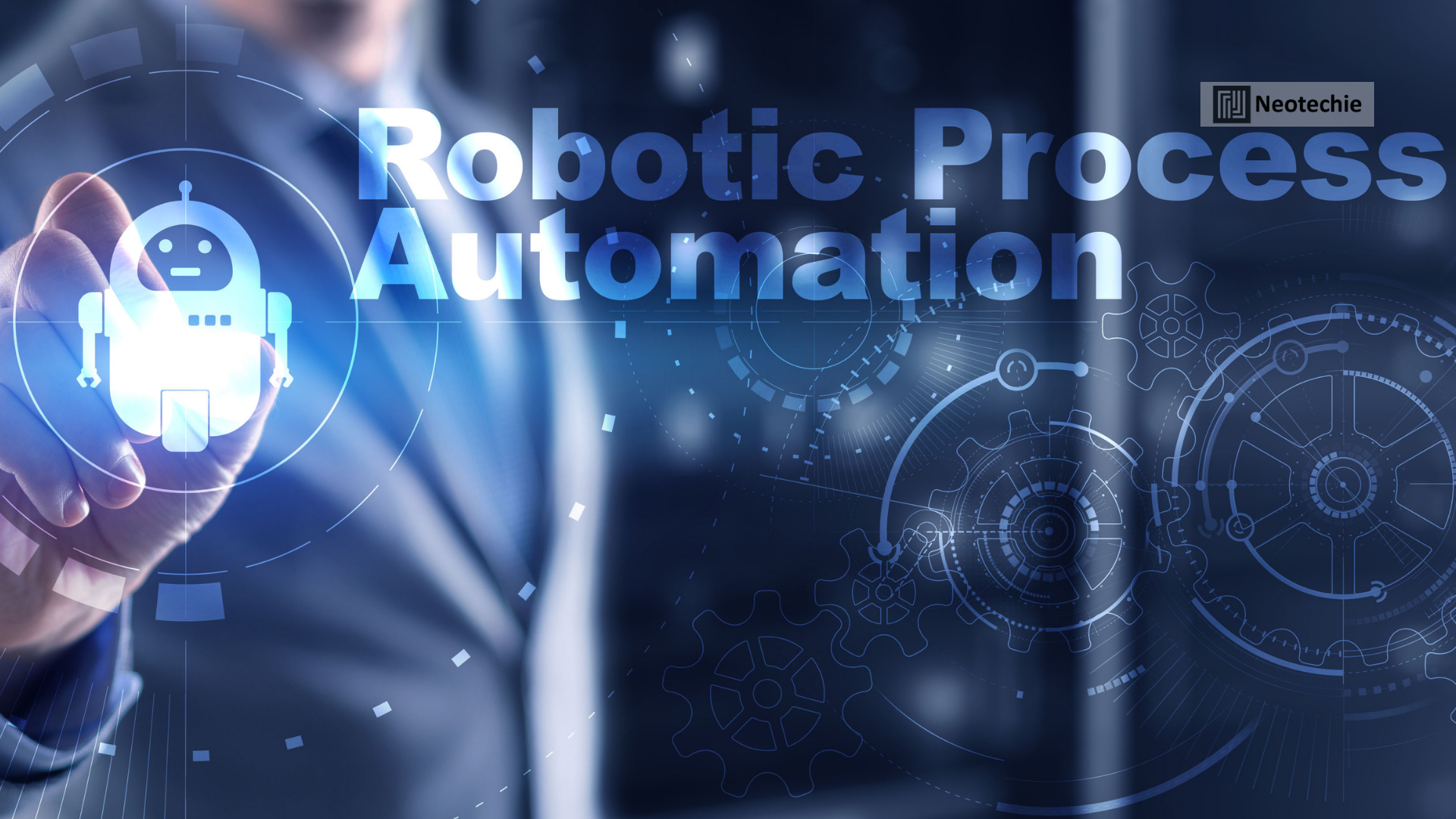The Reconciliation Problem and how RPA helps Streamline the Process
Reconciliation is a crucial task for any business, but it is often one of the most time-consuming and labor-intensive processes within financial departments. The need to reconcile bank accounts, ledger balances, and financial statements can involve manually matching large volumes of data, a task that is prone to inefficiencies and errors. These manual processes not only require substantial human effort but also increase the likelihood of discrepancies that can have a ripple effect on a company’s financial accuracy and compliance.
Challenges in Traditional Reconciliation
- High Volume of Data: Reconciling thousands of transactions or records across different systems can be an overwhelming task. For large organizations, this can take up significant amounts of time and resources, leading to delays in reporting and analysis.
- Human Error: The complexity of manual reconciliation increases the chance for data entry errors, incorrect matching, and missed discrepancies, all of which can lead to inaccuracies in financial reporting. The risk of human error is especially high when the reconciliation process involves repetitive tasks, such as copying and pasting data from one system to another.
- Compliance Risks: Inaccurate reconciliations can lead to non-compliance with industry regulations and standards. Financial inaccuracies can also result in missed deadlines for tax filings, inaccurate audits, and even fines.
- Delays in Decision-Making: Since reconciliation often occurs monthly, quarterly, or yearly, delays in the process can hold up management reports, financial audits, and key decision-making. The need for timely data is critical for accurate forecasting and strategic planning, and any lag can affect the business’s ability to respond quickly to changing market conditions.
RPA Solution
Robotic Process Automation (RPA) presents a game-changing solution to these challenges by automating the reconciliation process, enabling organizations to not only save time but also improve accuracy, efficiency, and compliance. By leveraging RPA bots to automate data matching, transaction verification, and exception handling, businesses can significantly enhance their reconciliation efforts.
Key Advantages of RPA for Reconciliation
1. Automated Reconciliation
RPA transforms the manual process of reconciliation by automating the matching of bank transactions, ledger balances, and financial records. Using predefined rules and algorithms, RPA bots can quickly compare records across different systems, identify discrepancies, and match transactions with unparalleled speed and accuracy.
This automation eliminates the need for human intervention in the data entry and matching stages, drastically reducing the time it takes to reconcile accounts. For example, instead of spending hours matching each transaction line by line, RPA bots can perform the same task in a fraction of the time—24/7 if necessary. This shift allows businesses to perform real-time reconciliation, rather than waiting for end-of-day or end-of-month reports.
2. Discrepancy Detection
One of the most valuable aspects of RPA in reconciliation is its ability to automatically flag discrepancies or inconsistencies between records. In a traditional reconciliation process, human workers must painstakingly search for discrepancies, a task that can be both tedious and error-prone. With RPA, the bots are programmed to compare every transaction and automatically identify any mismatches or anomalies.
Once a discrepancy is flagged, it is forwarded to the appropriate personnel for further investigation, thus enabling finance teams to focus on resolving the exceptions rather than combing through entire records. The bots can also be configured to send real-time alerts, ensuring that discrepancies are addressed promptly and preventing issues from snowballing into bigger financial discrepancies.
The exception-based approach allows organizations to focus on the most critical issues and avoid spending time on reconciled transactions that do not require attention. This significantly improves the speed of the reconciliation process and reduces the risk of missing crucial financial details.
3. Enhanced Accuracy and Reliability
By automating the matching and verification processes, RPA significantly enhances the accuracy of reconciliations. Human errors such as data misentry, forgotten steps, and manual oversight are minimized. RPA ensures consistencyacross financial records by applying the same rules and protocols to each transaction, making it much more reliable than traditional methods.
In addition to improving accuracy, RPA also ensures regulatory compliance. Given the growing pressure on businesses to maintain accurate financial records in adherence to industry standards such as GAAP (Generally Accepted Accounting Principles) or IFRS (International Financial Reporting Standards), RPA helps ensure that reconciliation is performed in a way that meets legal and regulatory requirements. The automated nature of RPA ensures that every step is followed according to the established compliance rules, reducing the chances of inadvertent non-compliance.
With RPA, financial teams have a much more reliable and transparent reconciliation process. The bots leave behind an audit trail that logs every action taken, providing detailed reports that can be used for internal and external audits. This enhances transparency and accountability in the reconciliation process, which is essential for both financial reporting and compliance purposes.
4. Faster Reporting and Decision-Making
Real-time reconciliation powered by RPA reduces delays in financial reporting. Businesses can gain access to updated, accurate financial data without waiting for long reconciliation cycles. This faster data availability translates into quicker decision-making across various departments, from finance to operations.
For example, companies can generate accurate monthly financial statements, profit and loss reports, or cash flow statements on demand, without the need for lengthy reconciliation processes. The real-time nature of RPA reconciliation helps keep key stakeholders—such as management, investors, and auditors—well-informed, enabling faster, more informed decisions.
5. Cost Efficiency
By automating manual processes, RPA not only saves time but also significantly reduces operational costs. Finance teams can focus their time and resources on higher-value tasks such as financial analysis, strategy development, or auditingrather than spending hours on data entry and reconciliation. The reduction in human error also cuts down on the costs associated with correcting mistakes.
The ability to reconcile accounts in real-time means businesses can also avoid potential penalties related to inaccurate or late financial reporting, adding another layer of cost savings.
Conclusion
RPA is a transformative tool that minimizes the time, effort, and errors associated with account reconciliation. By automating the process, businesses can streamline workflows, improve accuracy, and ensure compliance. RPA allows finance teams to focus on higher-level tasks, such as strategic planning and financial analysis, while the bots handle the repetitive, rule-based work. As a result, organizations can achieve faster reconciliation cycles, improved financial reporting, and cost savings, all while enhancing the reliability and transparency of their financial records.
Incorporating RPA into your reconciliation process is not just about automation; it’s about empowering your finance teams to make better, data-driven decisions.


